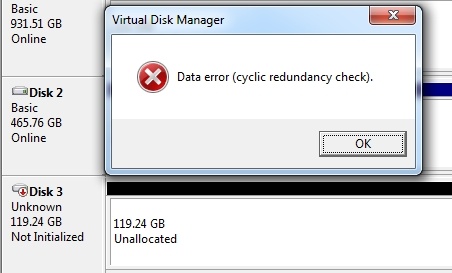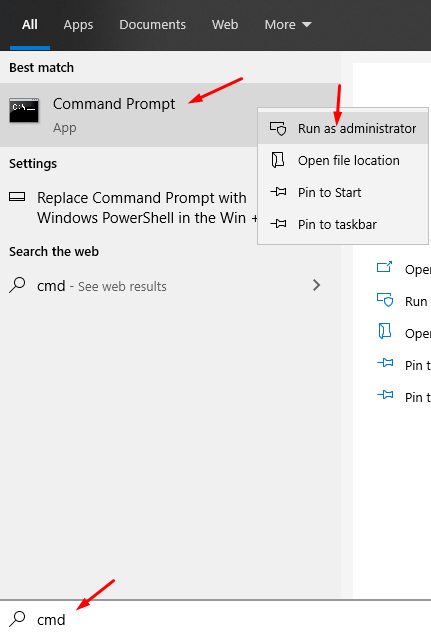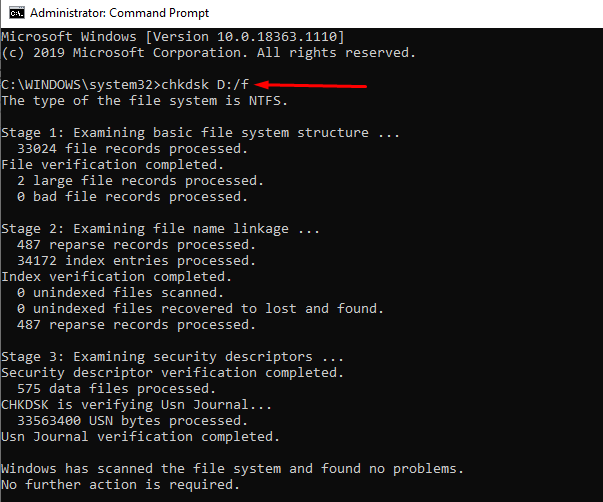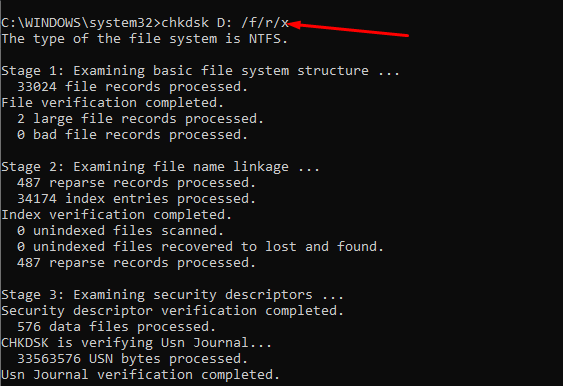Cyclic Redundancy Check or CRC is a data manifestation process used by your computer system to review data efficiency on the disks, i.e., hard disk drive and optical disks such as CD, DVD, etc. W. Wesley Peterson invented it, and then CCITT developed it. It perceives coincidental developments to raw data consisting of the storage.
The Cyclic Redundancy Check error usually transpires because of these issues, i.e., corruption in the hard drive, registry file corruption, misconfigured files, untidied disk, and failed program installation. However, apart from all these reasons, the cyclic redundancy check error is a severe problem, and it must be concluded to avoid the possibility of system failure and data loss issues.
Data Cyclic Redundancy Check (CRC Error)
Suppose you are working on your computer system, and when you copy a file to the Hard Drive, you receive the above error message on your computer screen and after the looks of a cyclic redundancy check error, you will not be able to access the files and your computer’s storage.
In this post, we will talk about what is CRC, and if you face such a problem on your computer screen, then what you can do about it, and most importantly how to fix this problem.
What Causes Cyclic Redundancy Data Error?
Cyclic Redundancy Check is an error finding code that is used for the data manifestation. If you see this error, it means there is something erroneous with the files or the hard disk. Such an error can occur by the file or the hard drive-related issues or defects. To dispose of the error, try copying the file to another file, and if you cannot copy the file, then the problem lies with your file, but if you can copy the file successfully, then the issue lies with the Drive. Apart from these factors, the other reasons to cause the problem are a terrible spot on the media of your hard disk, registry corruption, a cluttered hard disk, a failed program installation, and misconfigured files on your system.

Typically, when you see the data error cyclic redundancy check error on your computer screen, two particular elements can cause such an issue. There is a problem with your file, or there is an issue with the hard drive. Also additionally, the optical disks inside your computer system can be creating complications while copying the files.
How Do I Fix Cyclic Redundancy in CMD?
If you are facing an issue related to data error on your computer system, and then proceed further by using these simple steps to resolve the issue:
Step 1. Open the start menu and search for cmd.
Step 2. Right-click on the command prompt and choose run as admin.

Step 3. Type chkdsk D:/f in the command prompt and press the enter key.
Step 4. Make sure to replace “D:” with the driver letter of the Hard Drive on your computer so you can run the scan.

Step 5. Additionally, you can type chkdsk D: /f/r/x to find out and repair the errors on the intended Drive.

Step 6. After completing the above procedure, wait for the scan to complete.
Step 7. Once it is concluded, type “Exit“ in the command prompt to close the tab.
Step 8. Finally, when the whole operation is done, and your disk is analyzed and firm, restart your computer system and check if the same problem still prevails.
Related Topic – Fix Stuck Scanning And Repairing Drive C in Windows 10
Wrapping Up
In this post, we have tried our best to explain the cyclic redundancy check error and what you can do to fix it when facing such an issue on your computer system. We have also mentioned the possible causes for the CRC issue. If you have essential data on your Drive, we suggest you recover the data before applying any troubleshooting.
We recommend you go through all the details mentioned above in our post and then start the troubleshooting because it is not fair to begin resolving the issue before knowing about it properly.
We hope that we have guided you copiously through our post, and it was of help if you are having problems regarding the Data Error or CRC. Thank you for reading.





